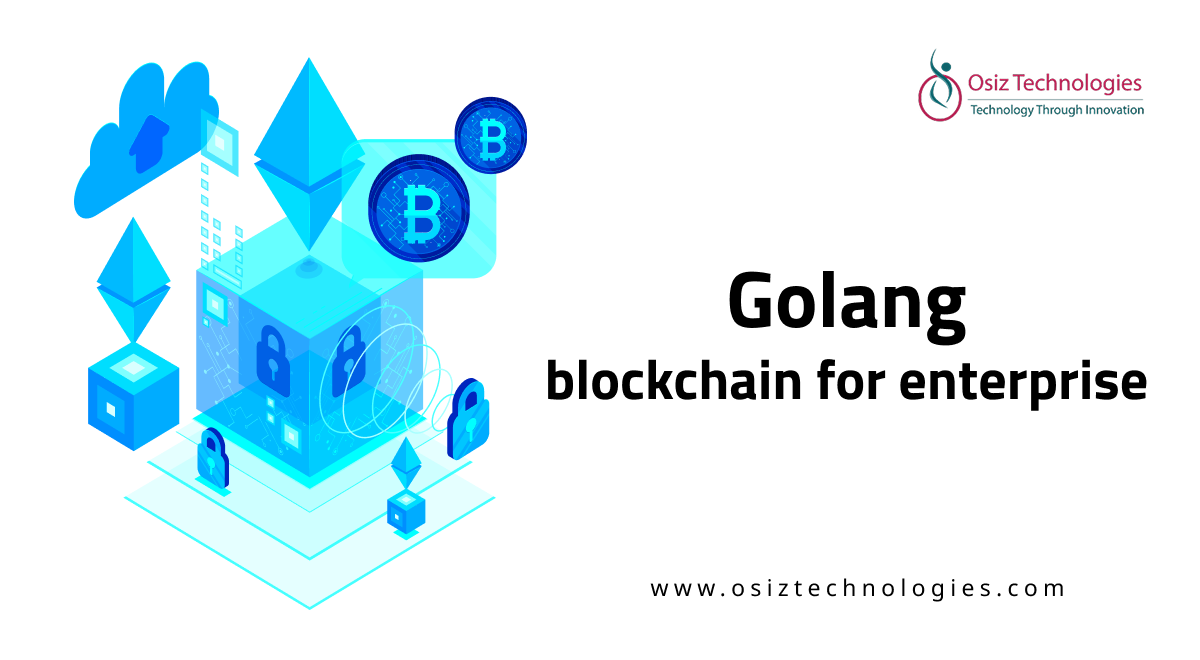Understanding Hyperledger Smart Contract Development
Smart contracts are at the heart of blockchain technology, enabling automated, self-executing agreements. In the context of Hyperledger, a permissioned blockchain framework, smart contracts are referred to as chaincode. This article will delve into the essentials of Hyperledger smart contract development, covering everything from basic concepts to advanced deployment strategies.
What is Hyperledger Fabric?
Hyperledger Fabric is an open-source framework for developing blockchain applications with a modular architecture. It allows organizations to create their own blockchain networks tailored to specific business needs. Unlike public blockchains, Hyperledger Fabric offers privacy and scalability, making it ideal for enterprises.
Understanding Smart Contracts and Chaincode
A smart contract defines the transaction logic that controls the lifecycle of a business object contained in the world state. In Hyperledger Fabric, this is implemented through chaincode, which can be written in various programming languages, including Go, Java, and Node.js. Chaincode is deployed on the blockchain network and handles the business logic for transactions.
Getting Started with Hyperledger Smart Contract Development
Before diving into development, ensure you have the necessary tools and environment set up. You will need:
- Docker and Docker Compose for container management.
- Go or Node.js installed, depending on your preferred programming language.
- The Hyperledger Fabric samples repository for reference.
Hyperledger Fabric Chaincode Tutorial
To develop smart contracts in Hyperledger Fabric, follow these steps:
- Set Up Your Development Environment: Install the Hyperledger Fabric binaries and set up your local network.
- Create Your Chaincode: Write your chaincode logic in your chosen programming language.
- Deploy Your Chaincode: Use the Fabric CLI to install and instantiate your chaincode on the network.
Hyperledger Fabric Smart Contract Examples
Examples of smart contracts in Hyperledger Fabric include:
- Commercial Paper Contract: Manages the issuance and transfer of commercial paper.
- Asset Transfer Contract: Facilitates the transfer of assets between parties.
Using Hyperledger Fabric Contract API
The Contract API in Hyperledger Fabric allows developers to interact with the blockchain. This API provides methods for querying and updating the ledger, making it essential for building applications that utilize smart contracts.
Developing Chaincode in Hyperledger
When developing chaincode, consider the following best practices:
- Keep your chaincode modular and reusable.
- Implement thorough logging for easier debugging.
- Write unit tests to ensure your chaincode behaves as expected.
Hyperledger Fabric Node.js Smart Contract
For those familiar with JavaScript, developing smart contracts using the Node.js SDK is straightforward. The SDK provides a rich set of functionalities to interact with the blockchain, making it a popular choice among developers.
Installing Chaincode in Hyperledger
Installing chaincode involves several steps:
- Package your chaincode into a tar file.
- Install the chaincode on the peers using the Fabric CLI.
- Instantiate the chaincode on the channel.
Understanding Hyperledger Fabric Endorsement Policy
The endorsement policy defines the conditions under which a transaction proposal is considered valid. This policy can be customized based on organizational requirements, ensuring that only authorized parties can endorse transactions.
Testing Hyperledger Smart Contracts
Testing is crucial in the development process. Use tools like Mocha or Chai for unit testing your chaincode. Additionally, consider integration tests to ensure that your smart contracts work seamlessly within the broader application.
Conclusion: Embracing Hyperledger Smart Contract Development
Hyperledger smart contract development unlocks endless opportunities for businesses aiming to harness the power of blockchain technology. By mastering the key fundamentals and best practices outlined in this article, developers can build secure, scalable, and high-performance blockchain solutions. As a leading Blockchain Development Company, Osiz Technologies offers expert guidance to help you implement Hyperledger-based systems that drive innovation and efficiency. Ready to explore the potential of Hyperledger? Connect with us at osiz technologies for professional support and tailored solutions.
Listen To The Article
Recent Blogs

X-Mas 30%
Offer












